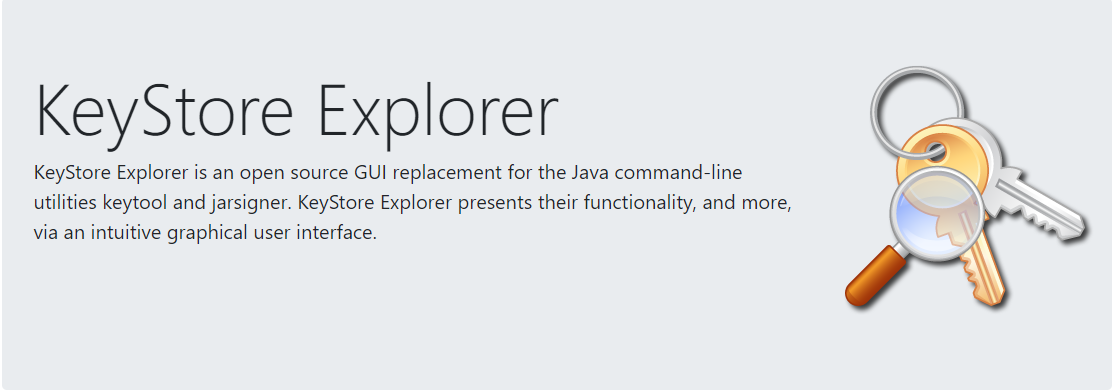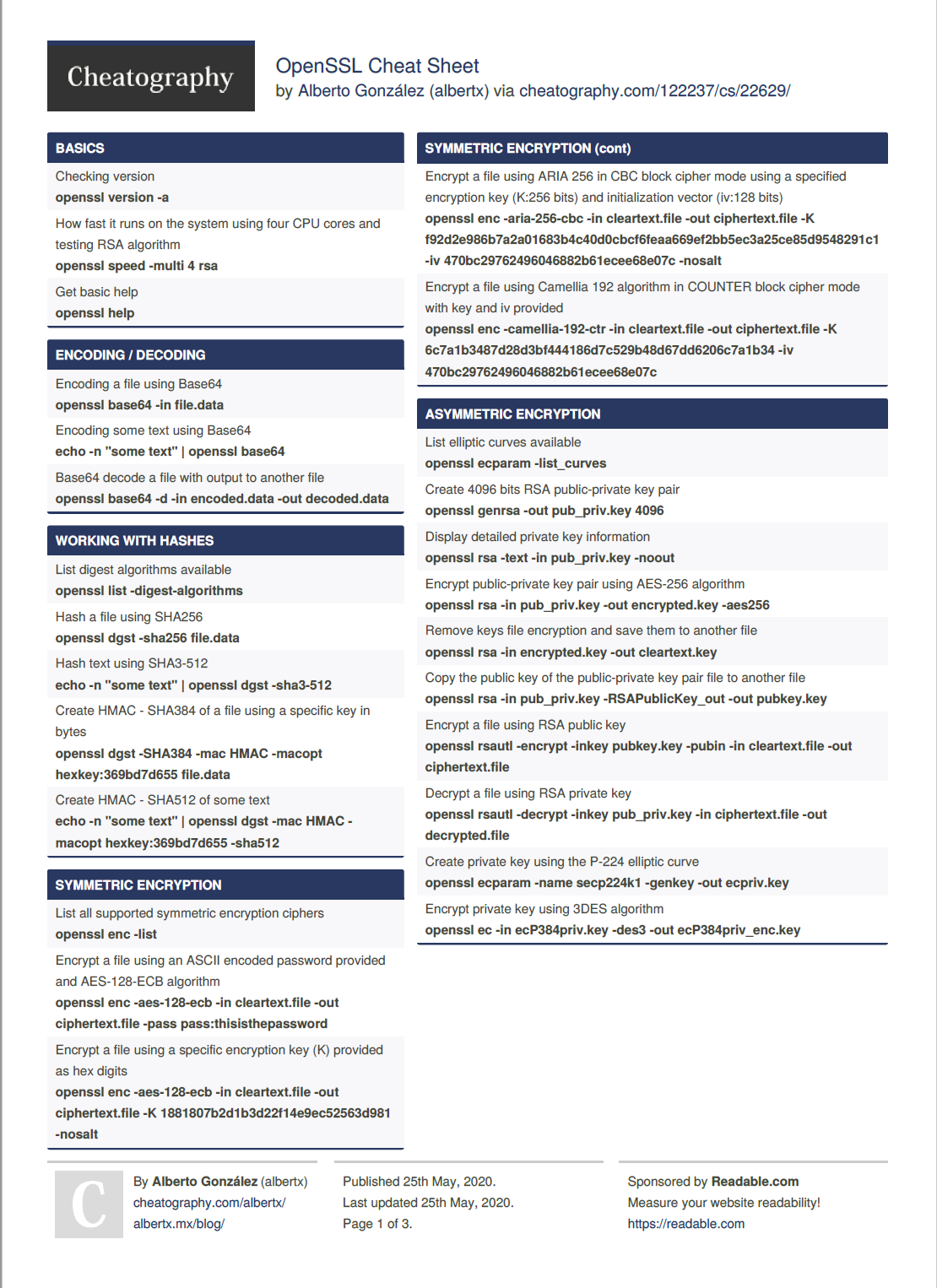

- #Keystore explorer import x509 install#
- #Keystore explorer import x509 password#
- #Keystore explorer import x509 free#
* Configure a CA Certs KeyStore for use with KeyStore operations * Generate, view and sign CSRs in PKCS #10 and SPKAC formats

* Import and export keys and certificates in many formats: PKCS#12, PKCS#8, PKCS#7, DER/PEM X.509 certificate files, Microsoft PVK, SPC, PKI Path, OpenSSL * View X.509 Certificate, CRL and CRL entry X.509 V3 extensions Create a keystore and import the CA certificate(s) by executing the following. * Apply X.509 certificate extensions to generated key pairs and Certificate Signing Requests (CSRs) To use X.509 client certificates for authentication, a keystore with CA. * Generate RSA, ECC and DSA key pairs with self-signed X.509 certificates Example: openssl pkcs7 -printcerts -in certificate.p7b -out certificate. p7b certificate to the Java keystore to be used with Info rmatica Administrator. Hence, the following steps should be followed to import. * Append certificates to key pair certificate chains So p7b is not a valid X.509 format to import to a Java keystore. * Change KeyStore and KeyStore entry passwords * Create, load, save and convert between various KeyStore types: JKS, JCEKS, PKCS#12, BKS (V1 and V2) and UBER
#Keystore explorer import x509 free#
KeyStore Explorer is a free GUI replacement for the Java command-line utilities keytool and jarsigner with the following features: Example: openssl pkcs7 -printcerts -in certificate.p7b -out certificate.cer.

import -alias jetty -file scc_jetty.Keystore-explorer (security/keystore-explorer) Add to my watchlist 0 KeyStore Explorer is a free GUI replacement for the Java command-line utilities keytool and jarsigner So p7b is not a valid X.509 format to import to a Java keystore. Send the generated CSR file to your certificate authority. The CSR Generation Successful dialog appears. Step 2: Generate and send certificate signature request Right-click the key pair entry. UNIX: keytool -keystore $SYBASE_UA/services/EmbeddedWebContainer/keystore Your keystore file is saved to your computer. import -alias jetty -file scc_jetty.crt -trustcacerts Keytool -keystore %SYBASE_UA%\services\EmbeddedWebContainer\keystore Typically the command to import the signed certificate is: Trusted certificate in the “truststore,” cacerts.
#Keystore explorer import x509 install#
#Keystore explorer import x509 password#
or Thawte, Inc.), generate a certificate signing request (CSR) and send it to the certificate authority. Use OpenSSL to construct the file (you will need to create a password with this step): openssl pkcs12 -export -name alias name -in certificate file -inkey key file -out p12 file example: openssl pkcs12 -export -name mais -in mais.cert -inkey mais.key -out mais.p12. Ĭertificate from a known certificate authority (such as VeriSign, Inc.

The following is an overview of the procedure for purchasing and installing an SSL certificate from a certificate authority. Obtain a certificate for each machine on which a Sybase Control Center server is installed. Sybase recommends that you install a certificate signed by a certificate authority before using Sybase Control Center in your production network. To avoid certificate errors, you can install a permanent SSL certificate from a certificate authority. However, your browser might still display a certificate error. The default password for the keystore cacerts is changeit. It is generally safe to accept the self-signed certificate if you know that the server is on a protected machine. You will want to use the Base-64 encoded X.509 format when exporting the certificate. To use the self-signed certificate, you can override the browser error or add a security exception. Because self-signed certificates are not issued by a trusted certificate authority, most browsers show an error when they try to connect to Sybase Control Center using the self-signed certificate. When Sybase Control Center starts for the first time, it generates a self-signed X.509 Secure Sockets Layer (SSL) certificate for the host that it is running on.


 0 kommentar(er)
0 kommentar(er)
